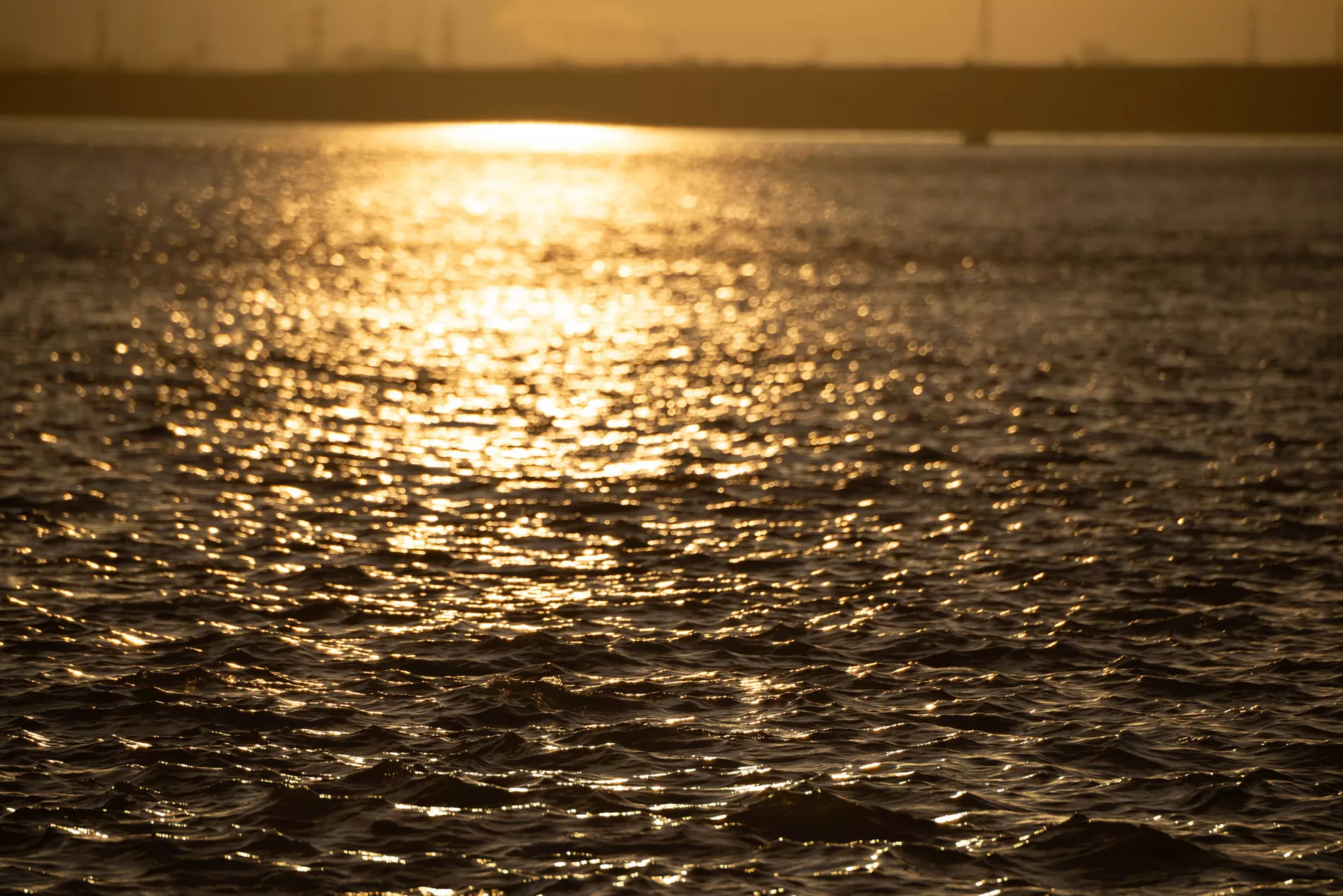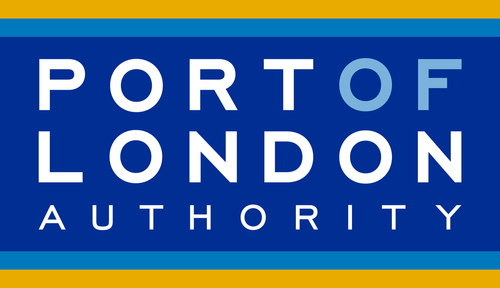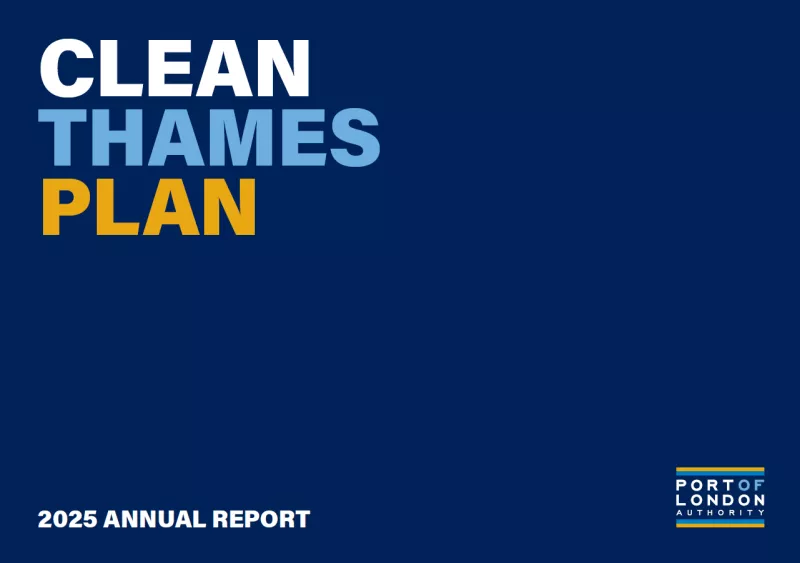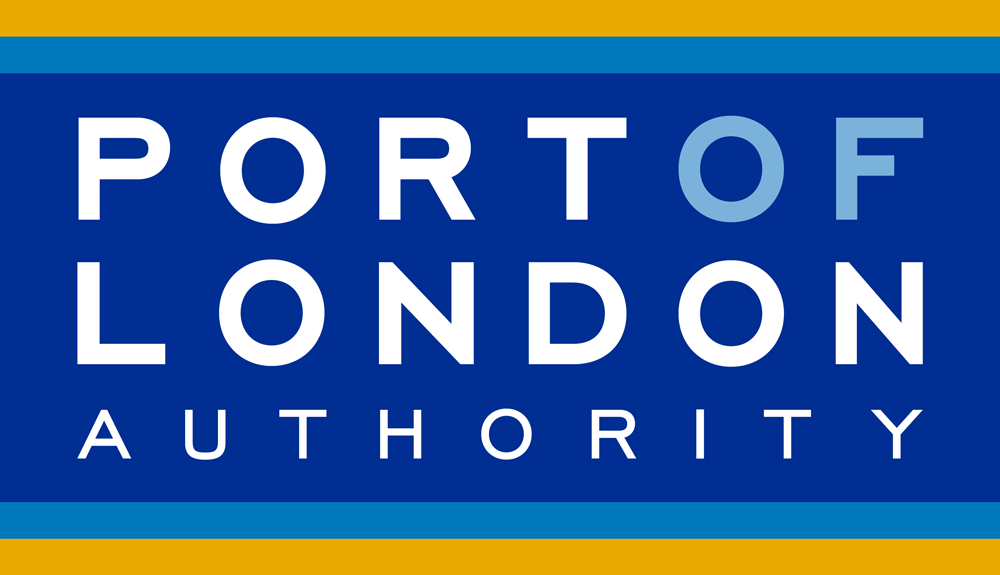Live Tides
NOTICES TO MARINERS
Charts & Surveys
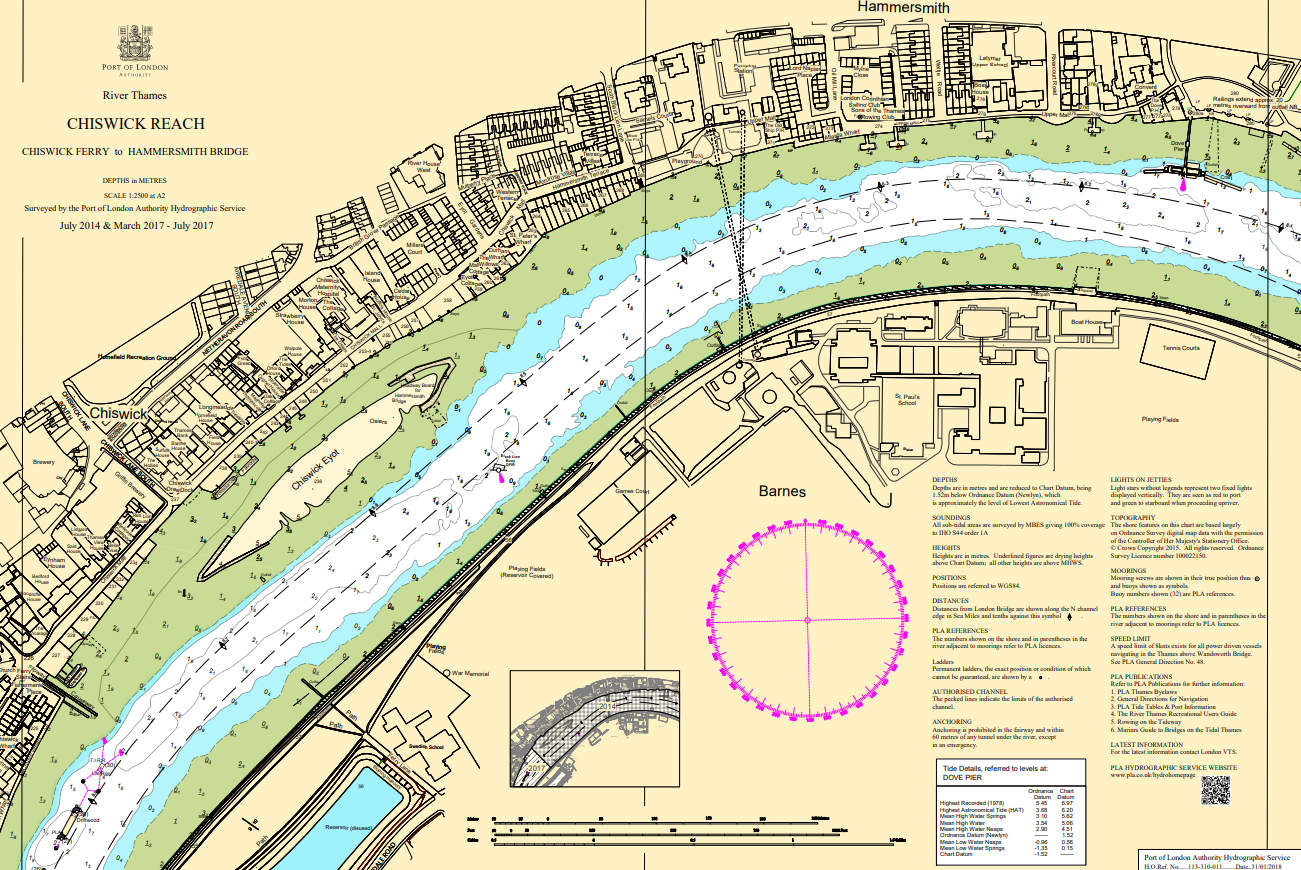
Incident reporting
Life-threatening emergencies on the river:
Call 999 and ask for the Coastguard
For near miss, safety observations and incident reporting click below
Cable Statement
Overview
The river Thames is home to the Port of London which is the country’s biggest port handling over 50 million tonnes of freight each year.
The Port plays an essential role in the UK and global economies and in the sustainable transport of cargo and people. It is critical therefore that the existing and future capacity and operation of the Port are safeguarded and that proposed developments are appropriately designed, implemented, operated, maintained and decommissioned to ensure that constraints are not placed on the existing or future functioning of the Port.
The Port of London Authority (PLA) is the statutory harbour authority for the tidal Thames. Its consent is required for all works within its area of jurisdiction. The PLA’s functions include the promotion of the use of the river for freight and passengers as an important international gateway and sustainable transport corridor.
The PLA recognises the need for energy projects such as windfarms and interconnectors. A number of these projects are currently proposed in the Thames Estuary reflecting available onshore connection points and the need to transport electricity within the UK and between the UK and Europe. The PLA have the primary responsibility for maintaining safe access and managing the safety of vessels, the general public and all users of the tidal River Thames.
The PLA will work proactively with developers and stakeholders including the ports and terminals within the Port of London to enable these projects to be delivered wherever possible, whilst at all times ensuring navigational safety is maintained; ensuring that the Port of London can continue to grow and remain the largest port in the Country; and supporting the Port’s transition to net zero.
Anyone considering placing cables within the Thames Estuary either within or outside its area of jurisdiction should contact the PLA at the earliest opportunity to discuss the PLA’s requirements. This cable statement sets out the broad issues that must be considered by developers and the documents and mitigation that the PLA would expect to see as a minimum within applications.
Cable Route
The PLA will provide advice on the route for the proposed cable and in particular any areas that must be avoided. This will include navigation channels and pilot boarding areas, where depths for current and future vessels need to be protected and any temporary disruption to navigation minimised.
Projects should avoid placing cables within navigation channels. If cables must cross a navigation channel, the shortest route should be taken i.e. at 90 degrees to the channel.
Cables must not be placed in a navigation channel following the route of the channel.
If a cable is to be located outside of a navigation channel, the PLA will provide the distance the cable must be placed as a minimum from the channel, taking into account the potential for the channel to migrate and the need for the channel to be widened in the future.
Along the route of the cable, the need for a planned cable field joint in or close to the navigation channel must be avoided.
Cable depth
Along the route of the cable, the PLA will provide details on the riverbed level(s) that will need to be maintained over the lifetime of the project. These level(s) will be provided with reference to Chart Datum (equating roughly to the level of lowest astronomical tide) and might be different to the existing riverbed levels reflecting:
Current and future vessel sizes
Existing and proposed dredging
Changes to the bed of the river (migration of the channel)
The developer will need to carry out an assessment to determine the distance that any cables need to be placed under the given riverbed level(s). The cables will need to be designed, installed, operated and maintained so as not to preclude or impede the provided riverbed levels(s). For any Development Consent Order (DCO) projects, the PLA would expect a Requirement in the DCO linked to a Certified Plan that secures the required riverbed level(s). This Requirement should also be included in any Deemed Marine Licence.
A remediation clause must clearly set out the measures that will be taken if, during installation of maintenance of the cable, the cable is not installed at the correct depth. This should include attempts at re-burial and if not successful, removal of the cable. The PLA also expects to be indemnified by the developer for any impacts of the cable.
Cable Crossings and Cable Protection
Cable crossings and cable protection both have the potential to reduce navigable depths and whilst the Maritime and Coastguard Agency generally accept reductions in navigable depth of up to 5% Chart Datum, where the PLA has provided details on the riverbed level(s) that will need to be maintained over the lifetime of the project, the PLA will not accept any reductions in water depth in these location(s).
When designing a project, other emerging projects should be considered and the likely location(s) of any cable crossing(s). Projects should be designed not to prejudice other emerging projects from coming forward for example, it might be necessary for a project to install its cable at a greater distance under the riverbed to enable an emerging project to cross it and still maintain the required riverbed level.
Cable crossings and cable protection should be located outside of navigation channels and away from any pilot boarding stations. Where a cable becomes exposed or depth of burial is significantly reduced, attempts must be made to re-bury the cable to the required depth.
Pre Construction and Construction Activities
Pre-construction and construction activities have the potential to impact on shipping and navigation.
The PLA would expect to be consulted and for its comments to be taken into account when any pre-construction surveys or monitoring is proposed. Any surveys or monitoring undertaken within the PLA’s area of jurisdiction will require its statutory consent under the Port of London Act 1968 (as amended).
To mitigate and manage pre-construction and construction activities key documents should be produced. These documents must be clear in their scope, applying to both installation and maintenance. Final versions of documents must be produced in strict accordance with any outline versions of the documents. The documents should be clear on the procedure should any updates be required to the documents during the lifetime of the project.
Examples of these documents can be provided on request.
Navigation and Installation Plan (NIP) This document is a mechanism for managing working, including concurrent working within any areas of navigational interest. Following, consultation with the PLA the document must set out the ‘area of interest’ and provide details on the activities and associated restricted in ability to manoeuvre (RAM) vessels used for those activities. It must set out which concurrent activities are possible and which are not possible and must give indicative details including duration, spatial extent, speed when undertaking activity, whether it is a continuous or discontinuous activity etc. Planned protocols and actions which will be implemented must also be provided.
Cable Specification and Installation Plan (CSIP) This document must set out the activities that need to take place in order to install and maintain the cable and the commitments relevant to those activities. It should include as a minimum, details and commitments relating to pre-construction surveys, riverbed preparation, unexploded ordinance (UXO) clearance, boulder clearance, archaeology, pre lay works (e.g pre-lay grapnel run, sandwave clearance), sediment disposal, cable installation, cable jointing, cable protection, cable crossings, cable burial and monitoring, including any post-construction surveys.
The document must meet the requirements set out above in relation to the cable (route, depth, crossings, protection etc) and commit to not relocating to or within navigation channels any boulders, archaeological finds or UXO and to no wet storage within navigation channels.
Sediment Disposal Management Plan (SDMP) This document sets out the proposed plan and management for the disposal of riverbed and other relevant material (e.g sub-bottom geological material) that might be generated during the construction and maintenance of the project. This document must clearly set out the approach to disposal at any navigation channels and in proximity to boarding and landing areas and must clearly commit to not placing material where deeper cable burial is required (i.e. where the PLA has provided a riverbed level that must be safeguarded which is deeper than existing bed level) and in proximity to pilotage boarding areas.
If produced pursuant to a DCO, the PLA would expect to secure approval of the final documents in its protective provisions. Otherwise they will form a condition on the RWL.
Decommissioning
The PLA understand that energy projects can have long life spans and that it may also be possible to extend a projects expected life span. It may therefore not be possible when designing a project to make clear commitments relating to the projects de-commissioning. However, there must be a clear mechanism for securing a decommissioning plan with input from relevant stakeholders at the appropriate time.
Protective Provisions
For DCO applications, regardless of whether a project is located within or outside of the PLA’s area of jurisdiction, the PLA expects protective provisions to be provided for the PLA. A copy of model protective provisions can be provided on request.
Environmental Considerations
For all proposals, the potential for significant environmental effects must be considered.
Where there is the potential for the installation and/or operation of the cable to adversely affect a European designated site (Special Area of Conservation, Special Protection Area and/or Ramsar), a Habitats Regulations Assessment is required under the Conservation of Habitats & Species Regulations 2017 (as amended). This should follow Government guidance. Sufficient information should be provided by the applicant to allow the Competent Authority to carry out the assessment, a shadow HRA can be submitted for approval and adoption by the Competent Authority.
Cabling projects may require an Environmental Impact Assessment, under either the Town and Country Planning (Environmental Impact Assessment) Regulations 2017, the Marine Works (Environmental Impact Assessment) Regulations 2007, or the Infrastructure Planning (Environmental Impact Assessment) Regulations 2017. Projects should be screened to determine whether an EIA is required, and a screening report submitted to the appropriate regulator. If an EIA is deemed to be required, this should follow the relevant process and guidance and an Environmental Statement prepared assessing the environmental impacts and identifying avoidance, mitigation and/or compensation measures.
A Water Framework Directive (WFD) Assessment should be carried out in accordance with the Water Environment (Water Framework Directive) (England and Wales) Regulations 2017 and following Government guidance. This should assess the potential effects on the relevant waterbody.
Discover
